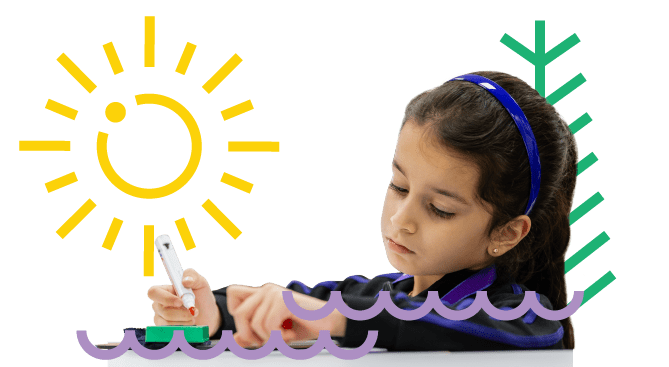At BSK we believe strongly that school uniform it has numerous benefits, such as helping to create a sense of community through shared identity, assisting students in staying focused whilst at school and encouraging them to interact with each other positively. Parents play a very important role in helping us to realise all of these benefits by ensuring that their children wear their uniform smartly and correctly to school every day. Our easy to use Uniform Checklists can be accessed via the links below:
BSK uniform items can be purchased from our school shop, The Royal Scot, either in store or online. Further of phase and department specific uniform requirements and standards of personal appearance can be found in student planners.
START YOUR JOURNEY TO BSK
Your child’s journey to BSK starts here. Get in touch with our Admissions Office today and take the first step in their most exciting educational experience.
Enquire Now


